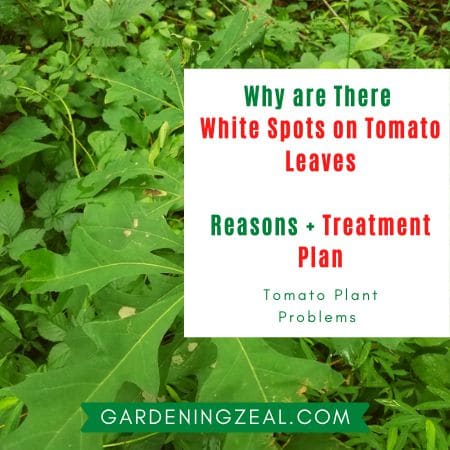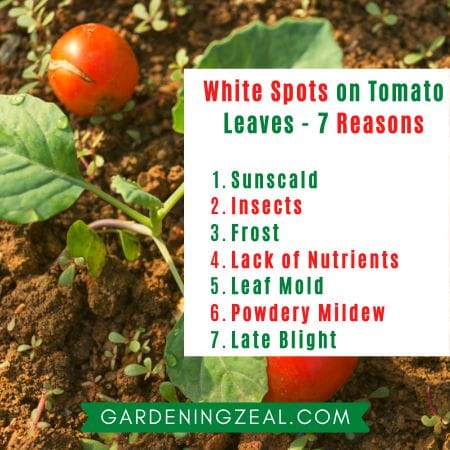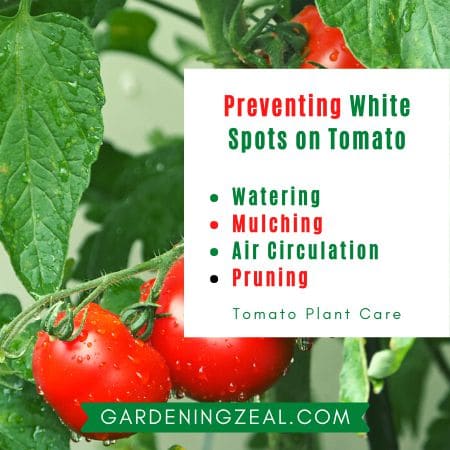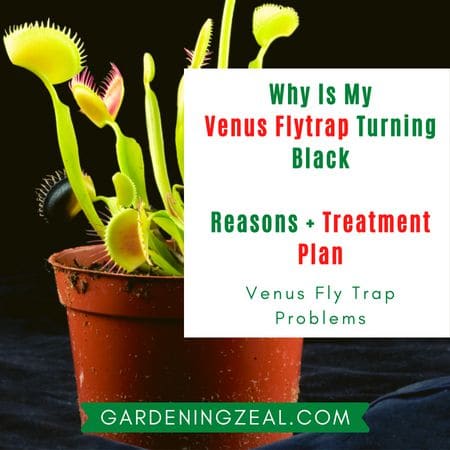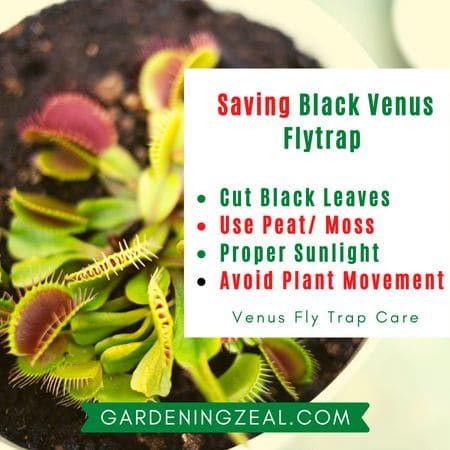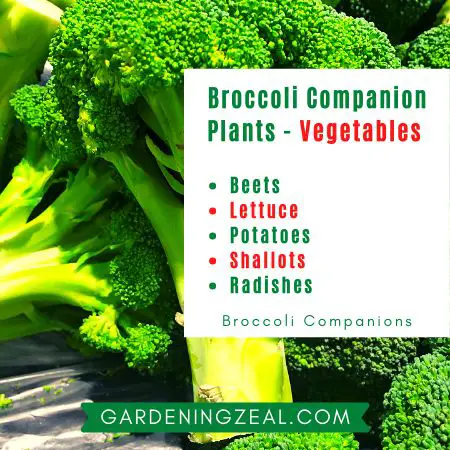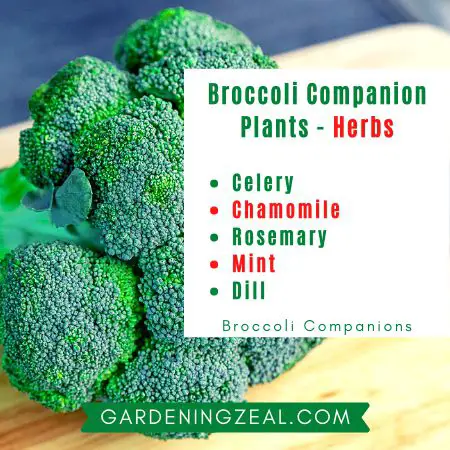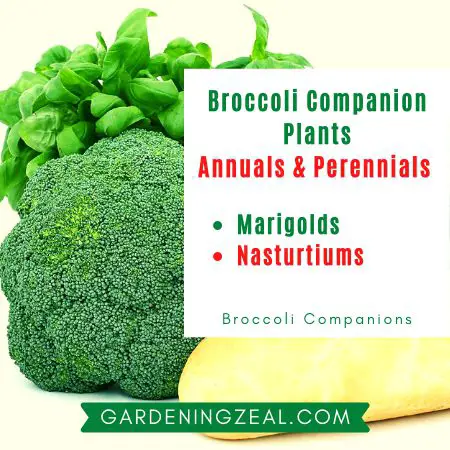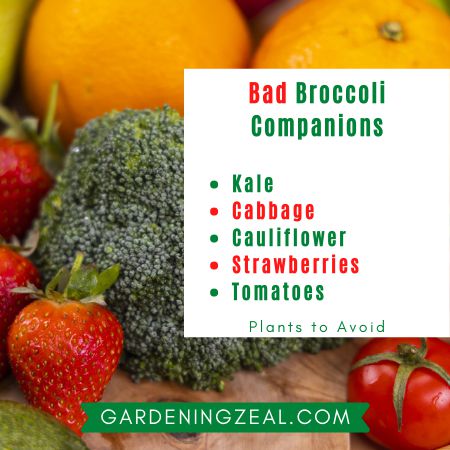If you are a kid from the 1970s era and a Disney fan, you must also remember the iconic movie ‘The Aristocats.’ The movie was based on a true story with a Parisian family of cats.
We can’t stress over how adorable cats can be as pets, but everything on this planet is bound to come with pros and cons.
Although cats can make a great addition to your family, pet owners often worry about the common myths going around the town.
One of the common myths to be busted is the talk of ‘Can cats eat spider plants’ or ‘Can spider plants be toxic to my cat?’.
Relationship Between Your Cats and Spider Plants / Why Are Cats Drawn to Spider Plants?
Firstly, let’s understand what a spider plant is?
Spider Plants (Chlorophytum comosum) is an African plant from the asparagus family of plants. These specific plants are also commonly referred to as ornamental houseplants, easy to manage as well.
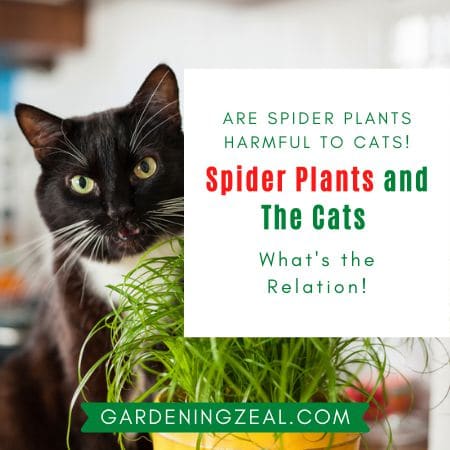
Now the question arises, why do our cats usually find themselves drawn to spider plants?
As cats are obligate carnivores, they need a high amount of proteins in their diet. Their food should be chosen with the type and age of the cat.
For instance, kittens should be kept on a high caloric diet, and senior cats should be kept cool on the carbs. It really varies on their interest. In a home that has spider plants with a cat, you must witness your cats eating the leaves of the same plants.
We Can Look at it From Two Angles-
● Some people believe cats are drawn to spider plants because they generate opium-like chemicals that supposedly give a sense of fascination compared to catnips. It is believed that the feeling of fascination demands them to eat more and more. These plants can be defined as hallucinogenic as they can cause mild hallucinations in your cat’s mind.
● While some people believe that spider plants have a fragrance that can make your cat faint if they smell it. Many pet owners won’t even notice it because it is not detectable by the human senses.
While exploring different pet advices on cats, they say cats are not attracted by the fragrance but by any object which seems to sway or hang from a distance.
Are Spider Plants Harmful to Cats?
We can’t say anything specific to the above theories because it is feasible to believe in. You can only tell facts if you have come across such incidents; many owners avoid it thinking their cats are just playing with the plant out of boredom.
When your cats are found near spider plants more often than usual, it is time you observe them. According to the ASPCA (American Society for the Prevention and Cruelty of Animals), spider plants are not poisonous to cats or other pets.
Furthermore, it is suggested to keep your cats away from such plants because if consumed in large portions, it can cause a toll on your cat’s health.
Even though spider plants are hallucinogenic in nature, if cats are not stopped from consuming them, they can create a habit of it.
Therefore, it has been observed if cats develop a habit of eating spider plants, it can be extremely difficult to deal with them. You may even need a veterinarian to take care of your cat.
Can Your Cats Get Addicted to Spider Plants?
It is true that spider plants are mildly hallucinogenic in nature, but whether your cats will get addicted to it or not, we can’t predict anything. In addition to it, there’s a difference between getting addicted to something and developing a habit of something.
In this type of case, you must take care of your cats because habits can be removed after a particular time, but addiction can’t.
When you introduce something new to your cats in order to break this habit from spider plants can be stressful for them. And, to see your cat suffering can be daunting as a pet owner. To avoid all this prior happening to your cat you can seek some pet advice to prevent any future incidents.
Ways to Stop Your Cat From Eating Spider Plants
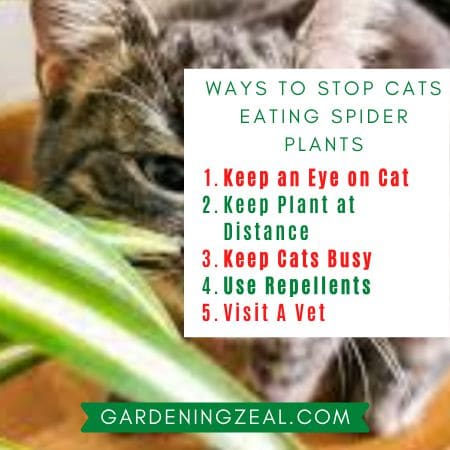
With time if your cat is developing a habit of eating spider plants, there are steps you can take to take to stop them-
● Keep Your Cats in Front of Your Sight- Don’t let your cat go away from your site. You can always choose to caress them or play with them, with all your love they won’t think about the spider plants.
● Keep Your Spider Plants at a Distance-
If you can’t keep your cats away from the spider plants, put the spider plants away. Either keep your plants in a separate room where your cat doesn’t roam around or in hanging baskets as decor.
● Grow Plants Your Cats Can Find Their Fond in If you are a pet owner of a cat who enjoys eating nips and leaves from plants. You can always grow some that might captivate them and won’t be harmful. There are a plethora of seeds from catnips and cat grass available in the market for you to grow them at your home.
● Keep Your Cats Busy- Again, don’t let your cats get bored and eat spider plants out of boredom. Give your cats a routine of you playing with them daily or objects which they can play with. Wool Balls, Plush toys are great options to look out for.
● Spray Your Spider Plants With Bitter Tasting Repellent- If you play with them or keep your plants away from your cats, it isn’t helping. The last option is to spray the spider plant’s leaves with a bitter-tasting repellent. This can prevent your cats from tasting the plant ever because of that bitter bud encounter.
Seek Professional Help
There can be two scenarios where you might have to get professionals to do their job.
1. Sometimes, owners detect the weird behavior of their cats and get confused about what to do. In this case, you should seek pet advice from professionals instead of calling a vet.
2. If your cat has consumed huge amounts of spider plants, it can cause vomiting, upset stomach, etc. In this case, you should call a vet because of their profession. Vets can advise you on the better condition of the cat and not on their behavior.
Conclusion – Can Cats Eat Spider Plants
Usually, while buying a cat or any pet, many owners think, ‘Oh, they are adorable and easy to manage, let’s have one. In addition to that, when exploring pets, the owners are often not cognizant of such myths connected to them. It is essential that we make ourselves fully aware of the pet we will own and take care of them till their last breath.
In general, our purchase decisions of a pet are always on the back of your mind. This is because you have seen or interacted with one a couple of times.
However, there’s a difference between interacting with pets externally and taking responsibility for them for life.
To make yourself fully aware of pets and the mysteries connected with them. You can definitely opt for some pet advice from the right resources.
Many organizations offer detailed pet advice where you will know all about pets straight from their breed, habits, health background and what is good for them and what’s not, etc.
For more information, you can talk to your friend who has a pet, and alternatives are not a bad option after all.
